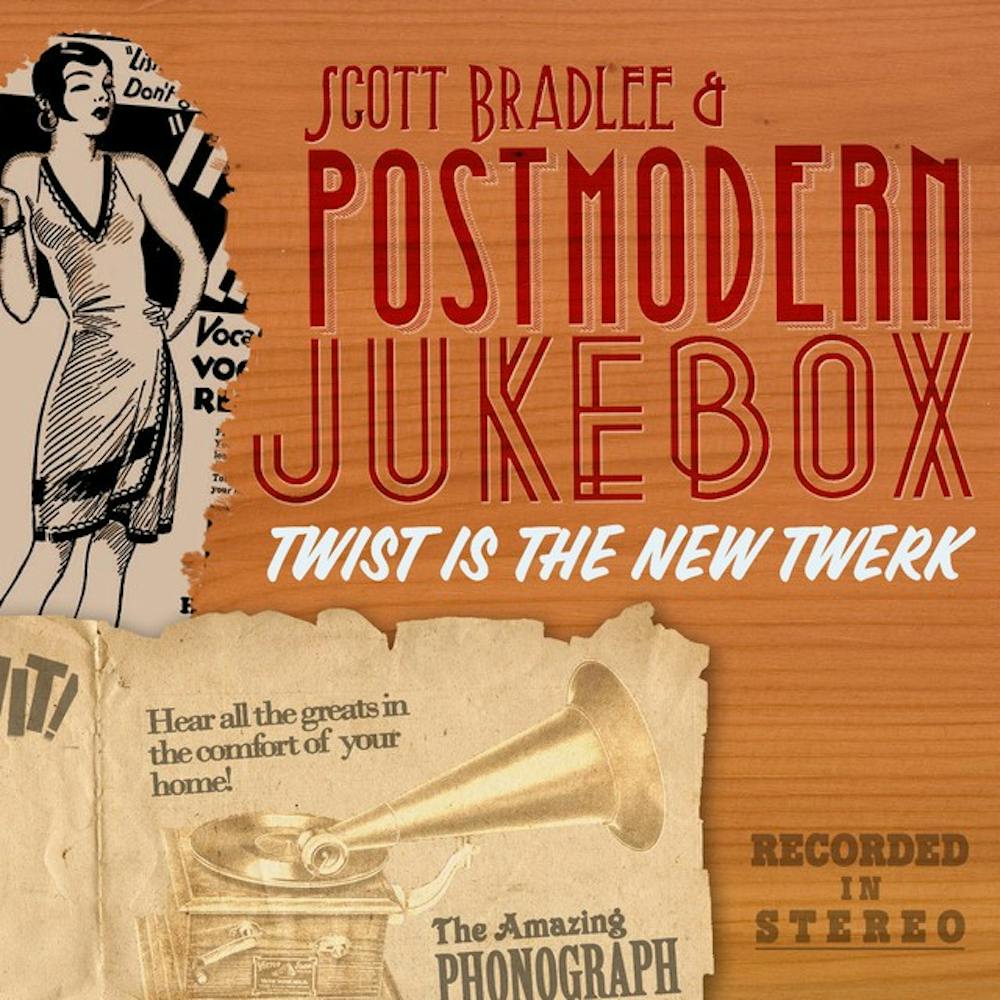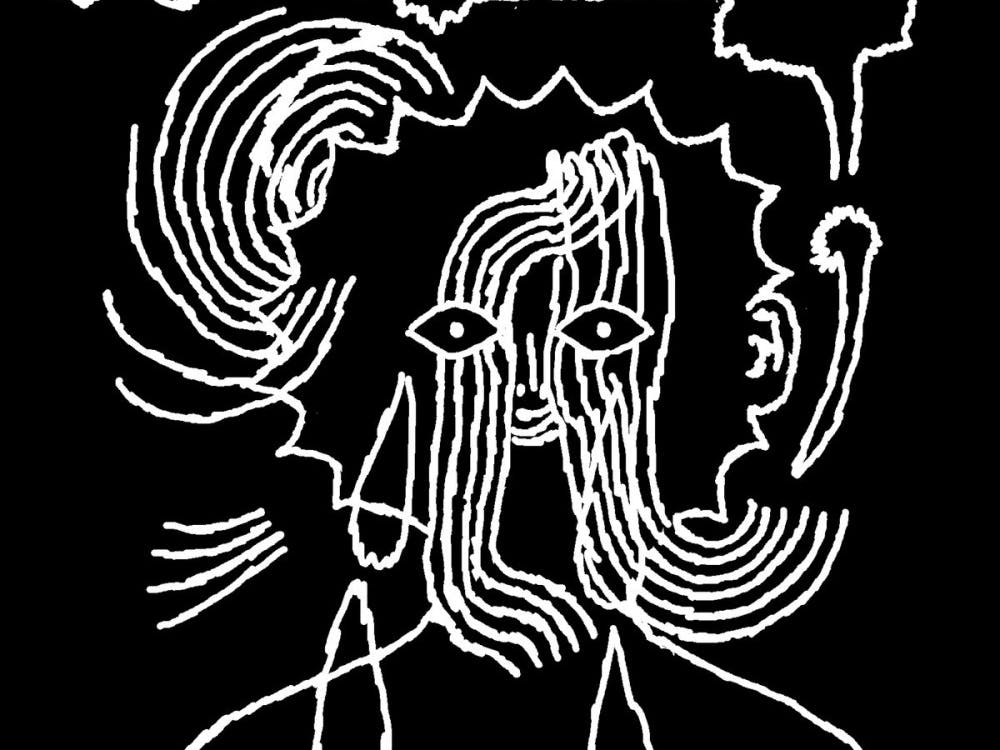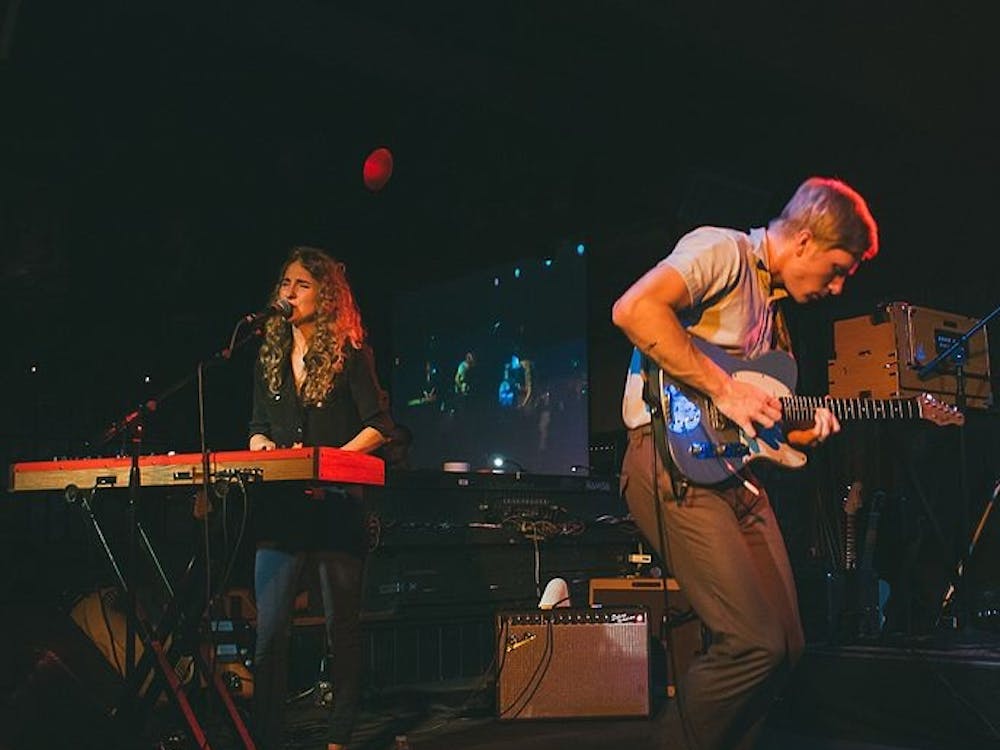Many in New York City have made fortunes with quick fingers, a keyboard piano and a devotion to jazz music. Scott Bradlee has not been so lucky.
A self-described “aspiring jazz pianist” from Queens, Bradlee long eschewed modern popular music in favor of what he considered superior, more complex tunes.
Long before he came to The Jefferson Theater in downtown Charlottesville Oct. 27, Bradlee’s enthusiasm for the genre led him to create a series of YouTube videos in an attempt to garner recognition of his talent — which he has in abundance — and perhaps eventually make money, of which he had little.
After accumulating a considerable number of views, Bradlee began receiving requests for piano covers of the songs he had so assiduously avoided, and, in exploring the universe of popular (‘pop’) music, he realized that an exclusive fidelity to traditional jazz was somewhat parochial.
Pop, though perhaps musically simplistic, “resonate[s] with the culture of our times,” Bradlee says on the website for the band born out of a desire to cater to popular culture.
And so he came to create Postmodern Jukebox — a reconciliation of pop culture and lyrical memes and a more qualitative vocal and instrumental sound. With a shifting cast of standing bass, trombone, oboe, drums, keyboard -to name a few - and a series of alternating male and female vocalists, Postmodern Jukebox remains more of a band than a brand — a difficult find in today’s commodified culture.
The band’s recent gig at The Jefferson was evidence of this. It was also a testament to the power of human skill and talent, unadulterated by the dizzying flash and color of modern, technologically-enhanced musical performances.
Walking onto the sloped hardwood floor of the stately Jefferson a little before 8 p.m., the audience was greeted by a troupe of swing dancers, stepping and spinning in time to the upbeat brass music popular in the United States during the first half of the 20th century. This dance — the figures agile, athletic and incredibly fluid — set the tone for the rest of the evening. We were no longer in the age of the “grind,” the apathetic head bob, or the two-step shuffle, but rather an era of the floor spin and behind-the-back, of sharp turns and swift steps, the contrived and coordinated.
After 15 minutes of talented frenzy, the dancers bowed out, audience members crowded toward the stage at the far end of the hall and the show began.
Band members assumed their positions behind various instruments, and a woman in a slinky silver dress — regular Postmodern member Robyn Adele Anderson — approached the microphone.
Anderson crooned three songs — covering Jason Derulo’s “Wiggle” and two other popular choices — before being replaced by singer Ashley Stroud, who in turn was followed by Cristina Gatti.
Each had a particular voice fitted to her song choices. Gatti sports a rich, low timbre akin to that of Amy Winehouse, and brought down the hall with a slow, sexy rendition of Britney Spears’ “Womanizer.” Stroud, meanwhile, has a smooth tone with a wider range, and sang everything from Iggy Azalea’s “Fancy” to TLC’s “Waterfalls.”
Anderson’s voice, it seemed, was the most suited to modern pop standards. From Macklemore’s “Thrift Shop” to Miley Cyrus’ “We Can’t Stop,” her voice and on-stage charisma managed to make even the tautology of Jason Derulo’s “Wiggle” into a unique production.
Postmodern Jukebox covered all of bases, paying tribute to a wide range of ‘Top 40’ artists such as Ke$ha, Ellie Goulding, Nicki Minaj, Magic!, and Taylor Swift, among others
All songs were musically reformatted — modern lyrics overlaid doo-wop, vintage Motown, swing and bluegrass styles in a wondrous and refreshing take on the songs played over and over again at parties and on the radio.
After hour and a half of play, Scott Bradlee thanked the crowd, and the whole band took to the stage to waves of applause.
In a sense, Postmodern Jukebox caters to Western society’s eternal idealization of times past. Our age-old resistance to change, compounded by the existential questions raised by the advances in digital technology, has led to an overpowering nostalgia for a time we have never lived in.
But Postmodern Jukebox ultimately does not encourage a rejection of the music of the modern age. In incorporating modern lyrics, it gives the necessary nod to popular (‘pop’) culture — which, trite and superficial as it may seem, is pop for a reason.
And yet, Postmodern Jukebox shows musical forays within this brave new world need not necessitate a reckless abandonment of things past. Likewise, an exasperation with digitally enhanced songs and lyrics lauding “dat ass,” must not lead to a blanket rejection of modern music. There is a reason we nod our heads along, a reason we are prompted to belt out, “My anaconda don’t want none” and subsequently shake our buns (hon).
Postmodern Jukebox is a testament to both human ingenuity and musical skill — dislocating popular culture from temporal constraints and broadening its meaning to more than what’s new on iTunes.







